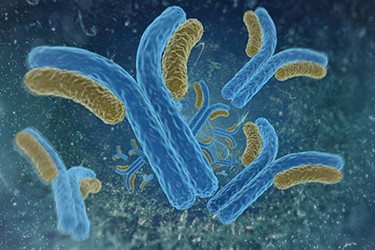A Blueprint For Robust, Cost-Efficient Biosimilar Purification Using Ion Exchange Resins
By Randy Drevland, PhD; Chelsea Pratt, PhD; Elizabeth Dreskin, Ph.D., Bio-Rad Laboratories, Inc.,

Although they are meant to be cost-effective, biosimilars can be costly to produce. When producing biosimilars, pharmaceutical companies should strive to make the process as cost-efficient as possible while ensuring the final biosimilar passes regulatory guidelines, intellectual property restrictions, and tests of functionality. In the case of mAb biosimilars, the vast majority (~80%) of production costs are incurred by post-fermentation processes; indeed, chromatography accounts for over half (~60%) of these costs (Bracewell et al. 2015). Therefore, identifying a robust purification process is key to competing and succeeding in the biosimilar space. Ideally, this process should use a low-cost chromatography resin that maintains high functionality and performance.
The U.S. and EU patents of more than 20 biologic drugs are set to expire within the next two decades, paving the way for the development and approval of more biosimilars. Remaining competitive in this expanding market will require developers to lower production costs while maintaining the purity and efficacy required to meet regulatory standards for biosimilars. To assist with the development of biosimilars, we have provided a blueprint for improving process economics by replacing Protein A resins with Nuvia S Strong Cation Exchange Resin in the capture step of the purification workflow. Nuvia S Resin, along with the catalog of chromatography resins available from Bio-Rad, can provide a more cost-effective purification process for biosimilar development.
Get unlimited access to:
Enter your credentials below to log in. Not yet a member of Bioprocess Online? Subscribe today.
